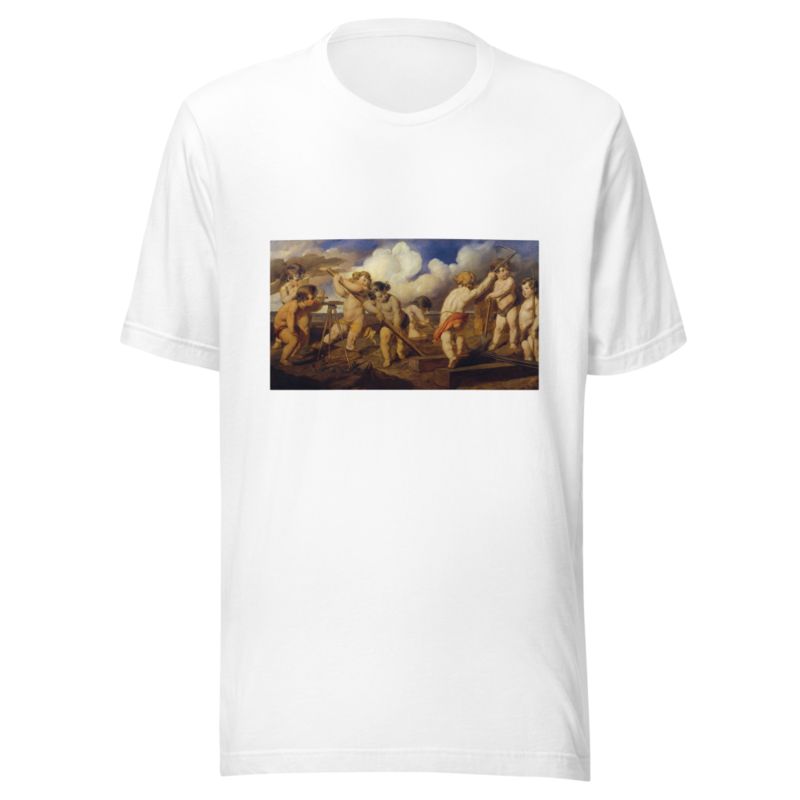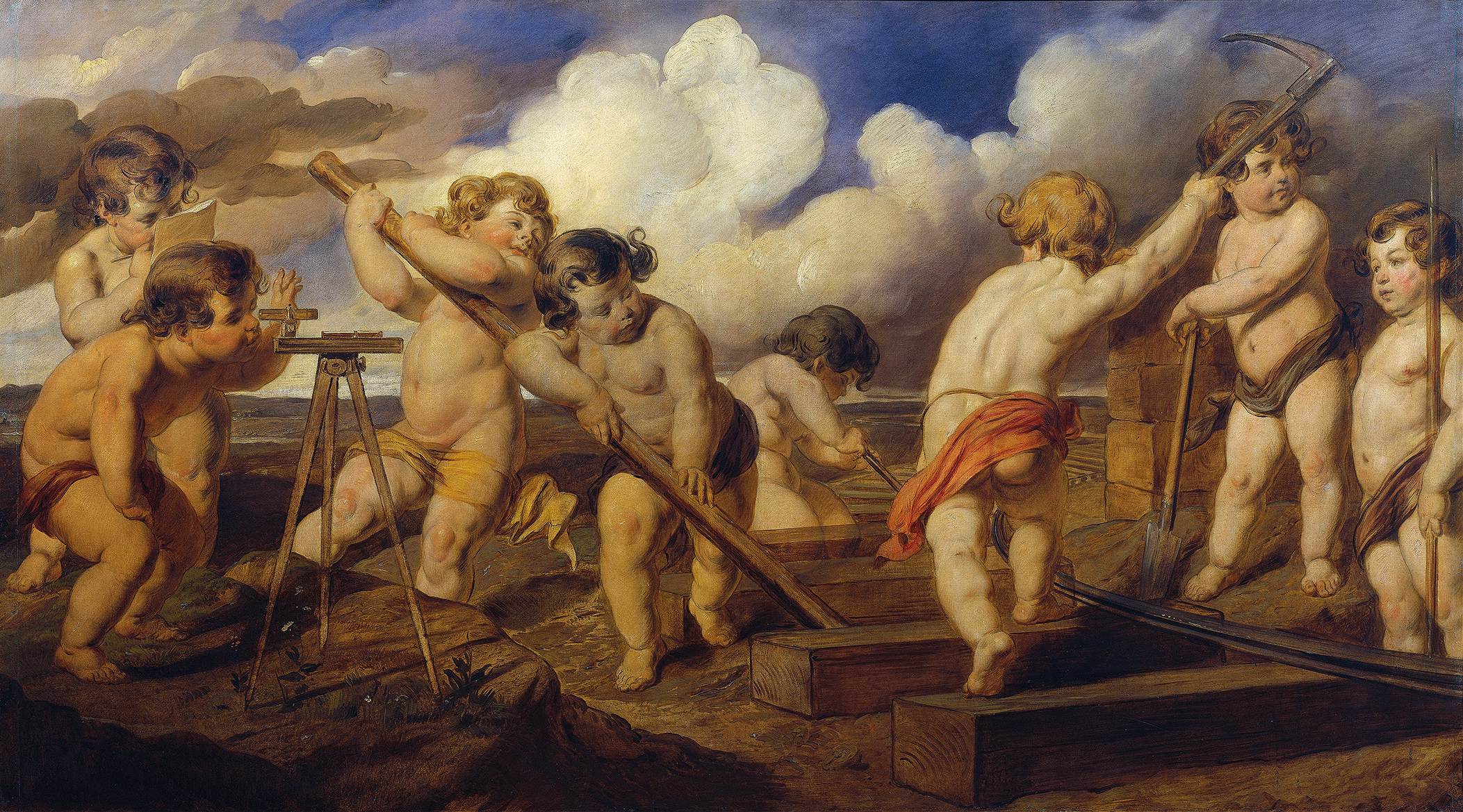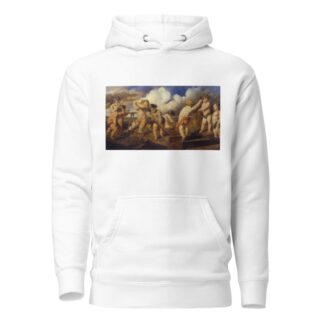Description
Putting while building a railway by Hans Canon printed on a T-Shirt
About the T-Shirt
Regular fit
Standard length, the fabric easily gives into movement
Casual wear
A classic, everyday option loved by our customers
Side-seamed
Constructed by sewing two parts together, creating a fitted look
The Unisex Staple T-Shirt feels soft and light with just the right amount of stretch. It’s comfortable and flattering for all. We can’t compliment this shirt enough–it’s one of our crowd favorites, and it’s sure to be your next favorite too!
- Solid colors are 100% Airlume combed and ring-spun cotton
- Ash color is 99% combed and ring-spun cotton, 1% polyester
- Heather colors are 52% combed and ring-spun cotton, 48% polyester
- Athletic and Black Heather are 90% combed and ring-spun cotton, 10% polyester
- Heather Prism colors are 99% combed and ring-spun cotton, 1% polyester
- Fabric weight: 4.2 oz./yd.² (142 g/m²)
- Pre-shrunk fabric
- 30 singles
- Side-seamed construction
- Tear-away label
- Shoulder-to-shoulder taping
- Blank product sourced from Nicaragua, Mexico, Honduras, or the US
Hans Canon (1829 – 1885)
Hans Canon was the pseudonym of Johann Baptist Strašiřipka (also rendered as Johann Baptist Straschiripka or Hans Purschka-Straschiripka) an Austrian history and portrait painter.
His father was related to the princely Starhemberg family and served as an Economic Councilor. He seems to have been an indifferent student, but he did show an interest in art so, in 1845, he was enrolled at the Academy of Fine Arts, Vienna for a brief stay, then studied privately with Ferdinand Georg Waldmüller and Carl Rahl. From 1847 to 1855, before completing his studies, he became an officer in the Austro-Hungarian Common Army and served as a cuirassier in the Hungarian Campaign.
His later service in the artillery appears to have provided inspiration for the name “Canon” (although the word may have other meanings), which he began using after Slavic names became a handicap, due to the various separatist movements active in the Empire at that time.
After his obligations and studies were over, he travelled to England, France, Italy (which, unlike most Northern Europeans of the time, he did not find attractive) and the Middle East. Upon his return, he accompanied Count Johann Nepomuk Wilczek (who was not only a patron of the arts, but an explorer as well) on a trip to London to help purchase animals for the Schönbrunn Zoo.
From 1860 to 1869, he lived in Karlsruhe then, after getting married, moved to Stuttgart where he stayed until 1874, when the success of his paintings at the Vienna World’s Fair (one was purchased by the Emperor) induced him to return home. In 1875, his connections with Wilczek earned him a major commission to portray the men and vessels of the Austro-Hungarian North Pole Expedition, for which task he went to Fiume, working from the original subjects and photographs. He went on to specialize in portraits, including many members of the royal family.
In addition to his canvases, he created a series of monumental paintings in several public buildings on or near the Ringstraße. The best known of these is the colossal “Circle of Life”, in the Vienna Natural History Museum. A further commission for the museum was cut short when he died suddenly, apparently from an aortic dissection.
He is buried in the Matzleinsdorf Protestant Cemetery. In 1891, a street was named after him in the Favoriten district of Vienna. A commemorative postage stamp with his portrait was issued by the Austrian Post in 1948.






Reviews
There are no reviews yet.